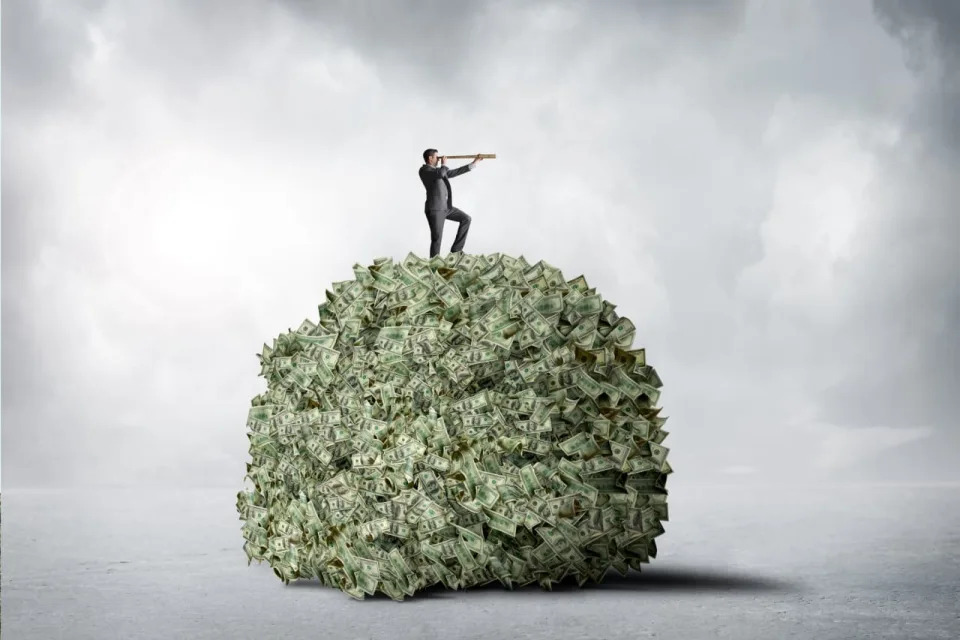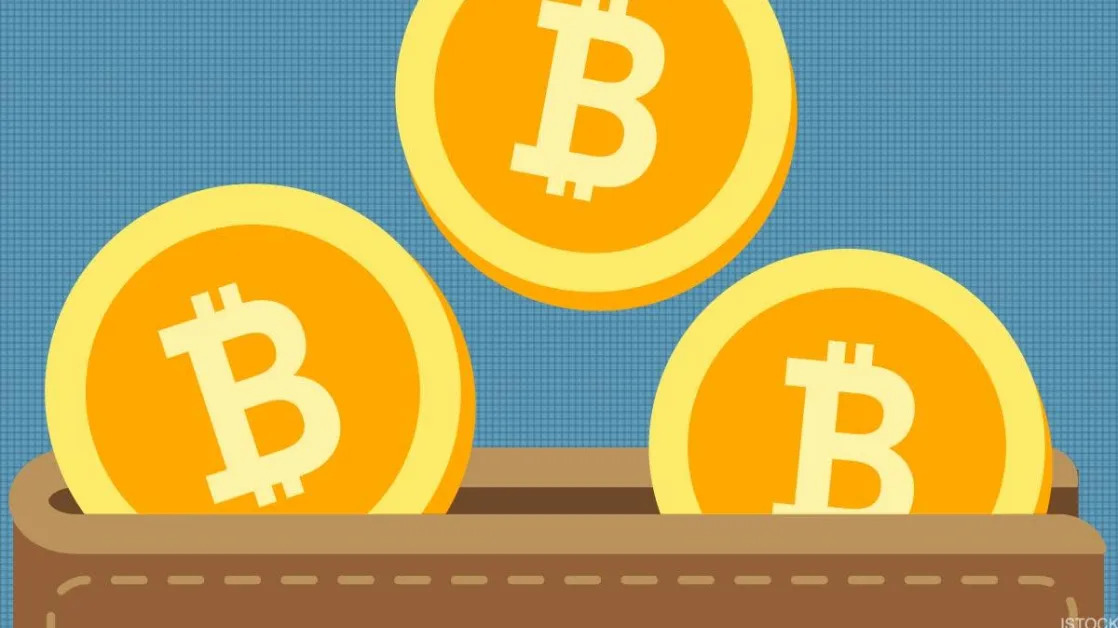(Bloomberg) -- The US dollar’s rally is gaining momentum alongside Donald Trump’s threat of sweeping tariffs, leaving currency strategists in agreement it has further to rise while war-gaming just how far it will go.
The Bloomberg Dollar Spot Index rose on Tuesday to its highest since November 2022, sending the euro to its lowest mark in a year as foreign-exchange peers came under pressure. The yen and Canadian dollar also weakened toward key psychological levels.
“We see a good chance of substantial dollar strength through next calendar year and potentially into 2026 as well,” said Helen Given, a foreign-exchange trader at Monex. “A Trump administration changes the calculus on forecasting in a very material way as domestic policy points to a big spending spree and international policy is likely to be quite protectionist.”
Across Wall Street, strategists have united behind calls for a stronger dollar in the days since Trump’s reelection and as the House of Representatives moves closer to joining the Senate in being controlled by Republicans.
With tariffs seen as fanning inflation and hurting foreign economies, JPMorgan Chase & Co., Goldman Sachs Group Inc. and Citigroup Inc. all expect the greenback to keep advancing from current levels, according to recent strategy notes.
Just how much it advances in the $7.5 trillion-a-day currency market may ultimately depend on how much Trump turns his campaign trail rhetoric on tariffs into action once in the White House and whether he himself embraces a rising exchange rate.
“Uncertainty remains very high and the key takeaway is that it is now all about the scale and speed of policy shifts,” said George Saravelos, global head of FX Research at Deutsche Bank AG. “If the Trump agenda is implemented in full force, and quickly, without a countervailing policy response from Europe or China, we could see EUR/USD drop through parity to 0.95 cents or even below.”
To JPMorgan, the sentiment shock around Trump’s win is enough to boost the greenback, even with no official tariff announcement. While the dollar’s path is unlikely to be a straight line given the lack of visibility about the timing of Trump’s policies, JPMorgan strategists led by Meera Chandan see the gauge of the greenback strengthening as much as 7% in coming months. That will send the euro toward parity with the greenback and the yuan nearing 7.40 per dollar.
“The election outcome amplifies the US dollar exceptionalism,” the strategists wrote. “No other currency has what the dollar has: superior growth and equities, higher yield, defensive attributes.”
Goldman strategists including Kamakshya Trivedi said it’s the policy proposals that will fuel the currency. Although the dollar strength is far from guaranteed, even with protectionist measures on the table, the magnitude of additional gains may vary depending on counter-stimulative measures from other countries.
Strategists at Barclays Plc and Brown Brothers Harriman & Co. are similarly wagering little can get in the way of sustained dollar rally. They argue that on top of Trump’s policy agenda, economic momentum has also shifted back in the greenback’s favor, with traders paring bets on the extent of the Federal Reserve’s interest-rate cutting cycle after officials avoided clear guidance on the timing and speed of additional reductions.
“At the moment, it’s very difficult to make an argument against the dollar,” said Andreas Koenig, head of currency management at Amundi, who increased his long US dollar position after last week’s vote. “The result of this election seems to be positive for the US and for the dollar, and negative for all other countries, especially Europe.”
Kit Juckes, the head of currency strategy at Societe Generale, expects the dollar will peak this quarter in the run-up to Trump’s inauguration but likely remain in a high range next year.
“It’s hard for the mood to be more dollar positive than it is today,” he said in an interview. “At the moment, Trump won and that’s very positive for the dollar, but we’re not even in the first half of the game.”
Standard Bank’s Steve Barrow, meanwhile, noted Trump introduced tariffs during his first presidency, yet the dollar ended up declining.
“Whatever strength in the dollar we see now will likely dissipate over the long haul,” Barrow said in a report. “Trump’s first term saw the dollar finish some 10% lower than when he came into office and we think that 10% is likely to be the minimum we will see between January 2025 and January 2029.”
Commerzbank AG’s Ulrich Leuchtmann even sees the risk of Trump eventually intervening to weaken the world’s reserve currency.
For the moment, the euro has emerged as one of the most vulnerable currencies to the dollar’s strength, given the region’s export reliance, exposure to China and already anemic economic growth. Several banks have slashed their forecasts for the common currency since the US election, with many seeing a risk of a slide toward parity against the dollar next year.
The dollar’s strength is weighing on developing-nation currencies, too, with an MSCI gauge falling for a third day on Tuesday to the lowest level since August — and just 0.3% away from erasing year-to-date gains.
All 23 emerging-market currencies tracked by Bloomberg have weakened since Trump was elected president, with the South African rand and Hungarian forint among the worst performers. Since Nov. 5, Mexico’s peso has slid 2.2% to 20.6 per dollar, the weakest since mid-2022. Wells Fargo strategists are recommending investors to go long the dollar against the peso.
All the weakness across foreign-exchange markets so far bodes well for the dollar. Options trading and the latest positioning data suggest traders also are betting on further gains in the US currency, with bullish sentiment on the greenback over the next year the strongest since early July.
Hedge funds added to their net long dollar exposure in the run-up to the election, according to Commodity Futures Trading Commission data. To Citi, such strong positioning is a reason to buy any dips on the dollar to express a bullish view, rather than chasing the rally.
“The baseline for the US is strong growth and a less dovish Fed, implying dollar strength that Trump adds to,” said Skylar Montgomery Koning, a currency strategist at Barclays Plc in New York. “The direction of travel for a stronger dollar is clear, the extent of strength will depend on actual policy delivery.”
--With assistance from Vassilis Karamanis, Naomi Tajitsu, Carter Johnson, George Lei and Zijia Song.
(Updates currency levels throughout.)





